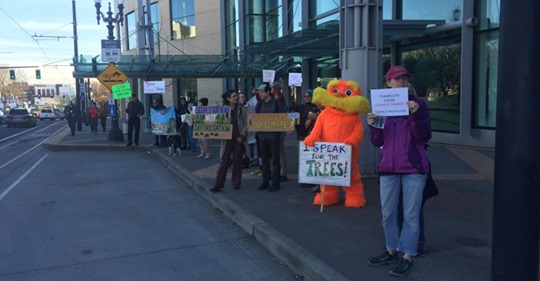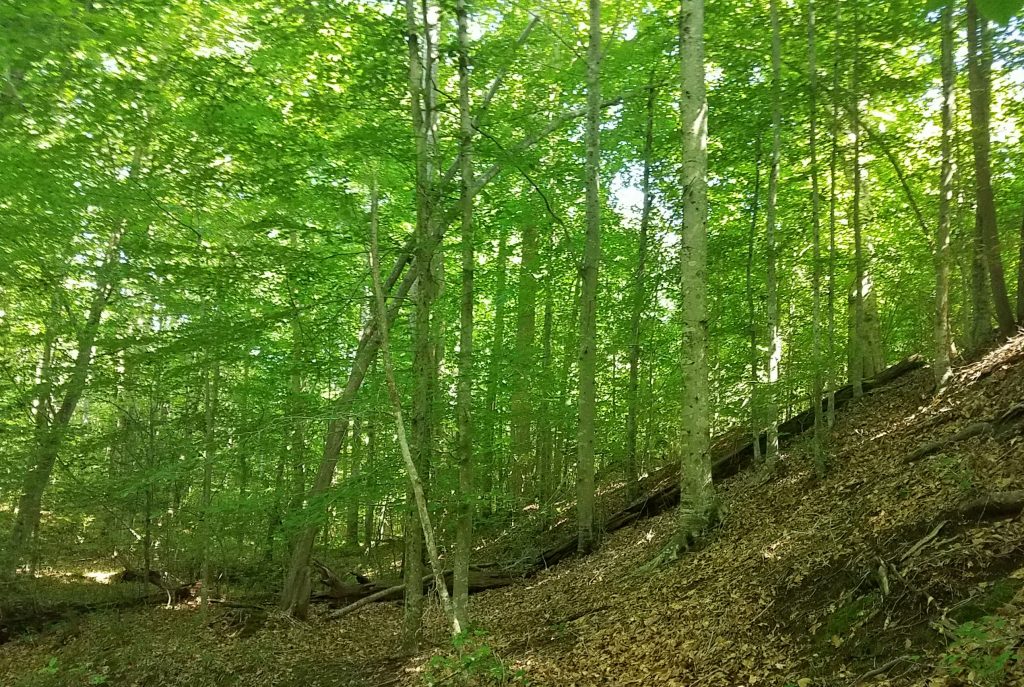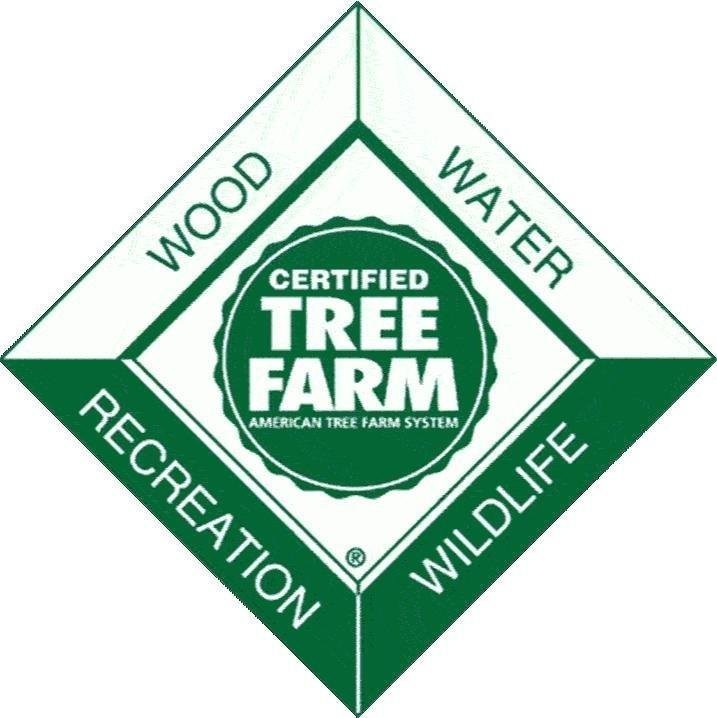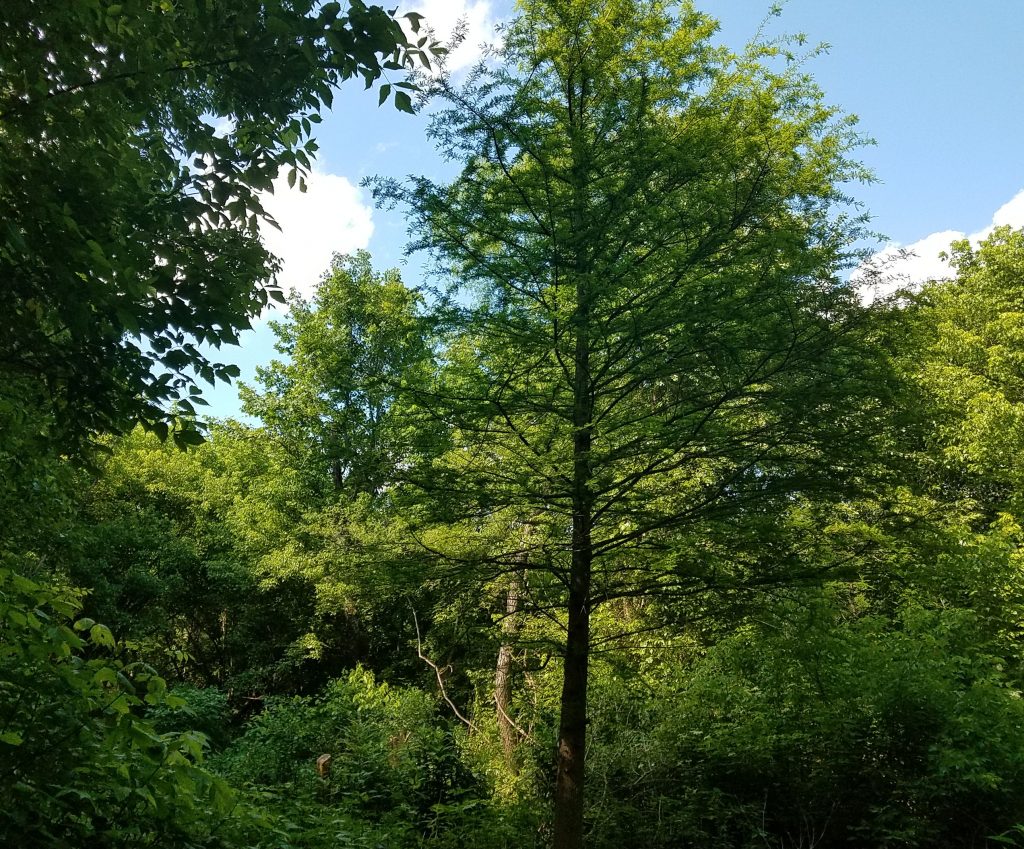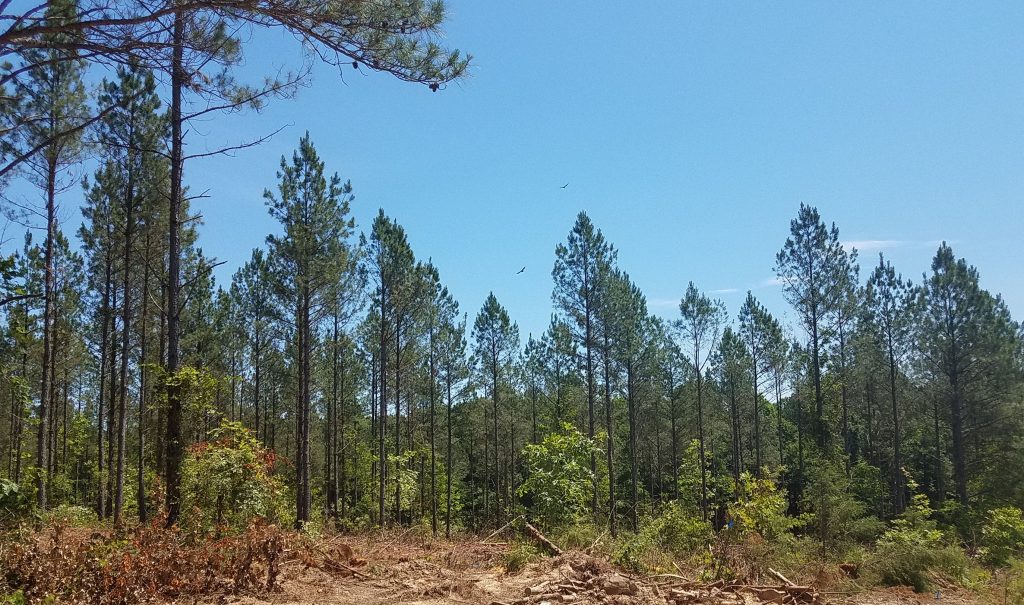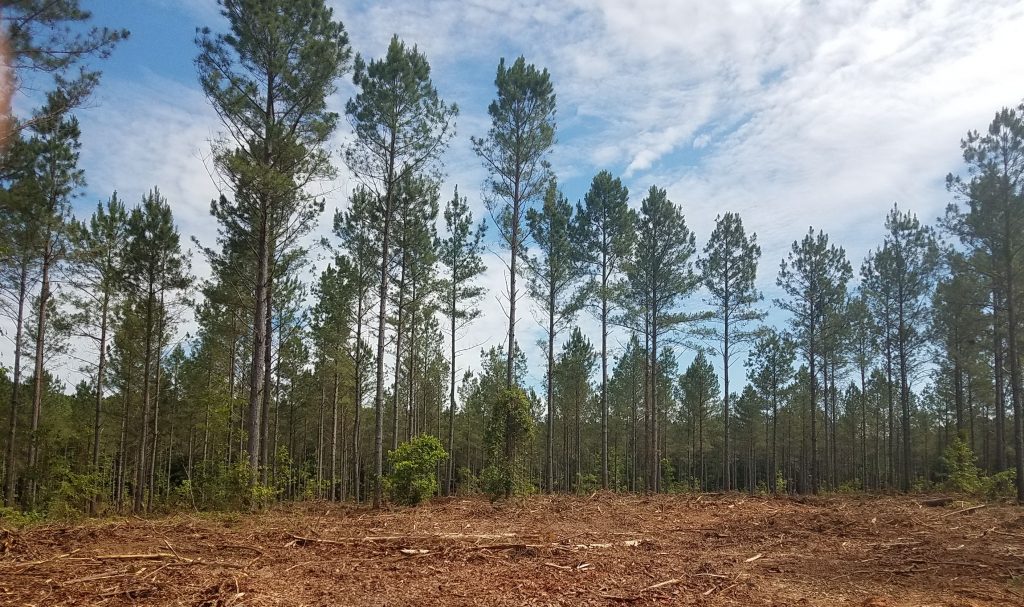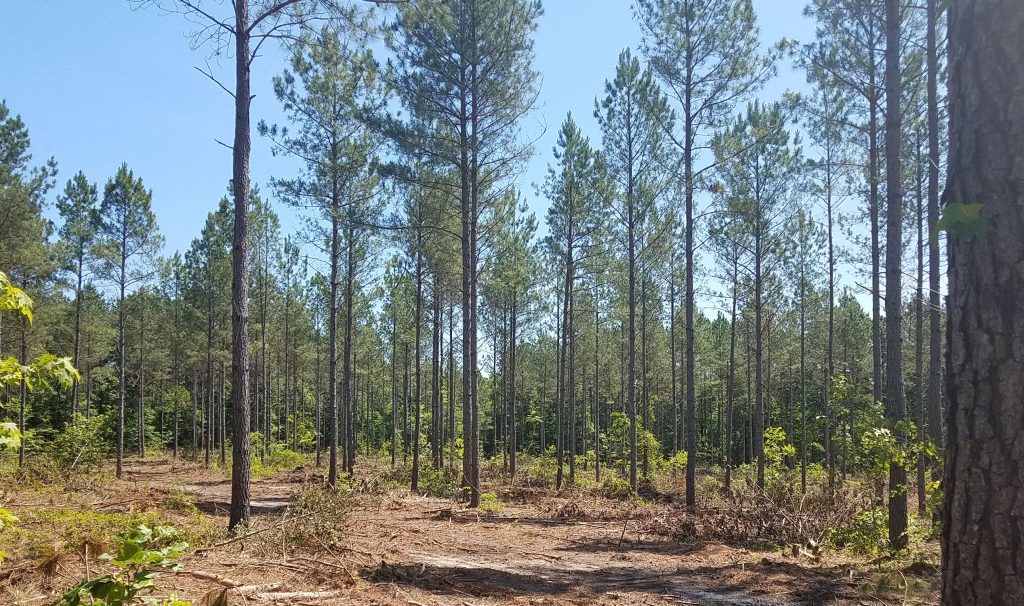
Spent my morning rereading and thinking about parts of “A Sand County Almanac”. I read “Axe in Hand” and the “Land Ethic.” That book had a great influence on me. I realize it when I reread the passages and find so many of “my” ideas. Way back in 1972, my biology teacher, Mr. Hosler, assigned us to read it. Since I was a poor student, I probably only skimmed it enough to pass the test, but it sunk in roots nevertheless. Maybe that is because I was living in Wisconsin and studied forestry at University of Wisconsin Stevens Point, which is itself a sand county. I have visited Aldo Leopold’s sand county shack a couple times and enjoyed the white pines he planted, the ones he mentions in “Axe in Hand.” “A Sand County Almanac” was published in 1949, a couple years after Leopold’s death. He died of a heart attack while fighting a fire on his neighbors land, but his insights and advice are still valuable to us today. One thing that I noticed reading time was the ethic of valuing the non-economic communities on the land.
We spend a lot of time trying to explain to people why it pays to conserve nature. We talk about the value of “ecological services” and that value is immense, yet undervalued. However, things have value in themselves. The beech forests on my land are valuable to me for their beauty, even if they have little economic value. But even that does not go far enough. They have value in themselves beyond their economic value, their ecological service value and even their value that I appreciate as beauty. They are part of the world, as we are.
As Leopold writes in “Axe in Hand” – “Whoever owns land has thus assumed, whether he knows it or not, the divine function of creating and destroying plants.” We need to take that very seriously and think of yesterday, today and tomorrow when contemplating the land and what to do on it.

